Picking the best national parks in Arizona feels like trying to choose between different shades of red rock at sunset – each one has its own special magic. From the obvious wonder of the Grand Canyon to the lesser-known gems tucked away in desert corners, Arizona’s parks showcase nature’s talent for creating masterpieces. You’ll find everything from towering saguaro cacti standing guard over vast desert landscapes to hidden caves that tell stories of ancient civilizations, and pine forests that offer sweet relief from the summer heat.
We’ve explored every corner of the Grand Canyon State to bring you this collection of parks that deserve your attention. Our picks include both the famous spots you’ve seen on postcards and the quiet sanctuaries where you can escape the crowds. Whether you’re a seasoned hiker looking for your next challenge or a family searching for an easy weekend adventure, these parks offer something for everyone.
So grab your water bottle, pack your sunscreen, and join us as we explore the 15 best national parks in Arizona. Each one brings its own unique story to the table, and we’re pretty sure you’ll find at least a few that’ll make it onto your must-visit list.
Grand Canyon National Park
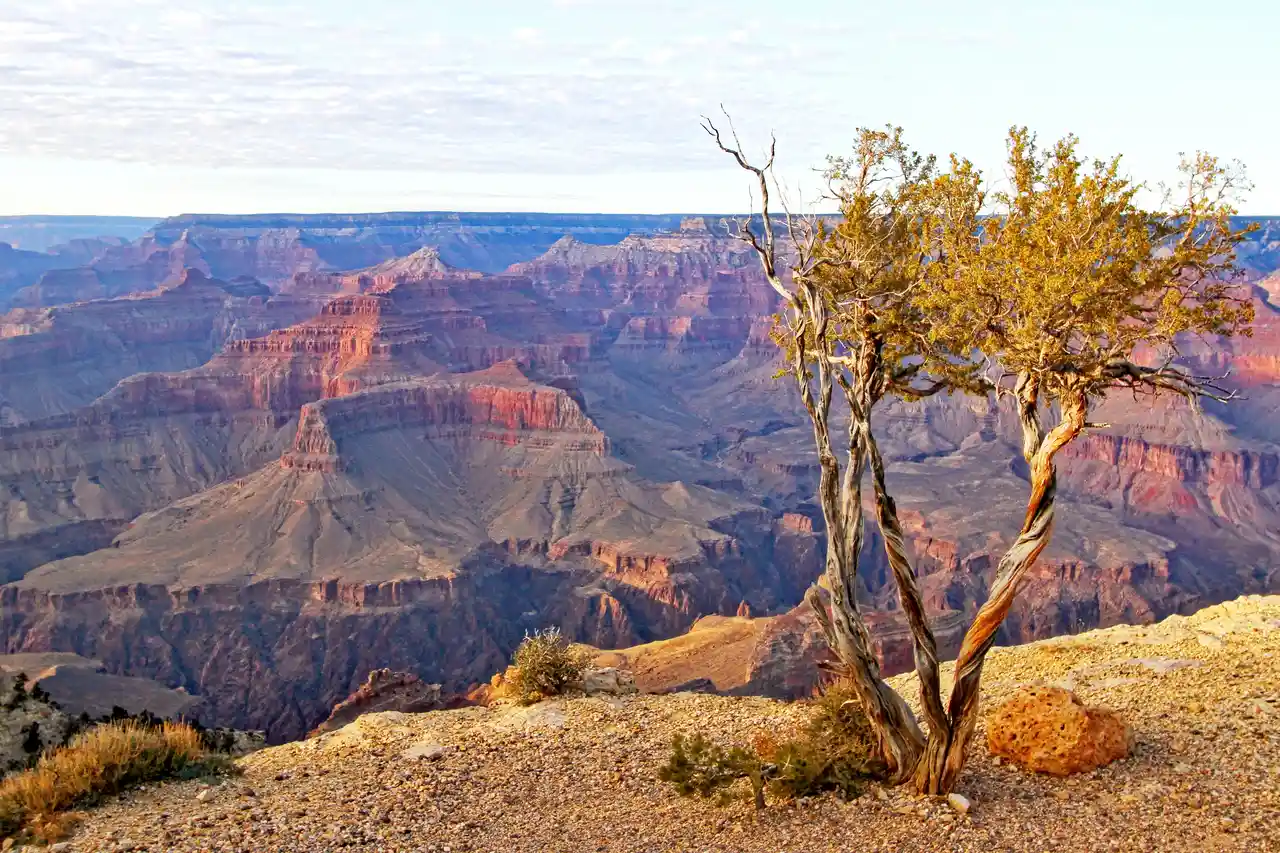
Step into one of nature’s greatest wonders at the Grand Canyon, where nearly two billion years of Earth’s history are carved into the colorful rock layers. The South Rim welcomes visitors year-round with dozens of viewpoints along Desert View Drive, each offering a different perspective of the mile-deep canyon. Take a mule ride down to Phantom Ranch at the canyon floor, or hike the popular Bright Angel Trail for an up-close look at the layered cliffs. For a special treat, catch the sunrise at Mather Point, where the morning light paints the canyon walls in soft shades of pink and orange. If you’re feeling adventurous, book a white-water rafting trip down the Colorado River to experience the raw power that shaped this natural marvel.
Petrified Forest National Park
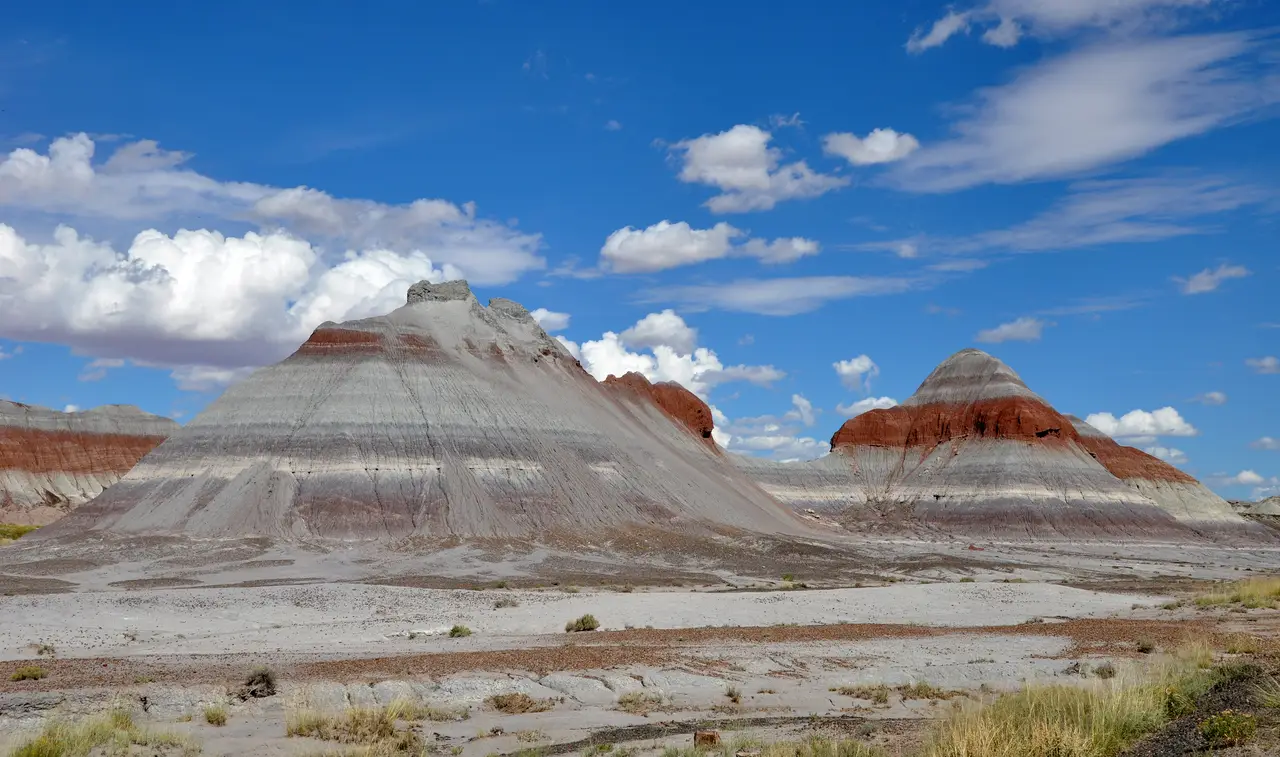
Ever wondered what a 225-million-year-old forest looks like? You’ll find your answer at Petrified Forest National Park, where ancient logs have turned to stone, creating a landscape that feels more like a science fiction movie than reality. Located in northeastern Arizona, this park tells the story of Earth’s distant past through its colorful crystallized tree trunks scattered across the painted desert. Visitors can explore the park’s 28-mile scenic drive, stopping at overlooks to spot pieces of prehistoric pottery and petroglyphs left by Native American cultures. The Blue Mesa trail offers close-up views of the petrified wood, while the Painted Desert Inn provides a perfect spot to learn about the park’s rich human history and geological wonders.
Saguaro National Park (East)
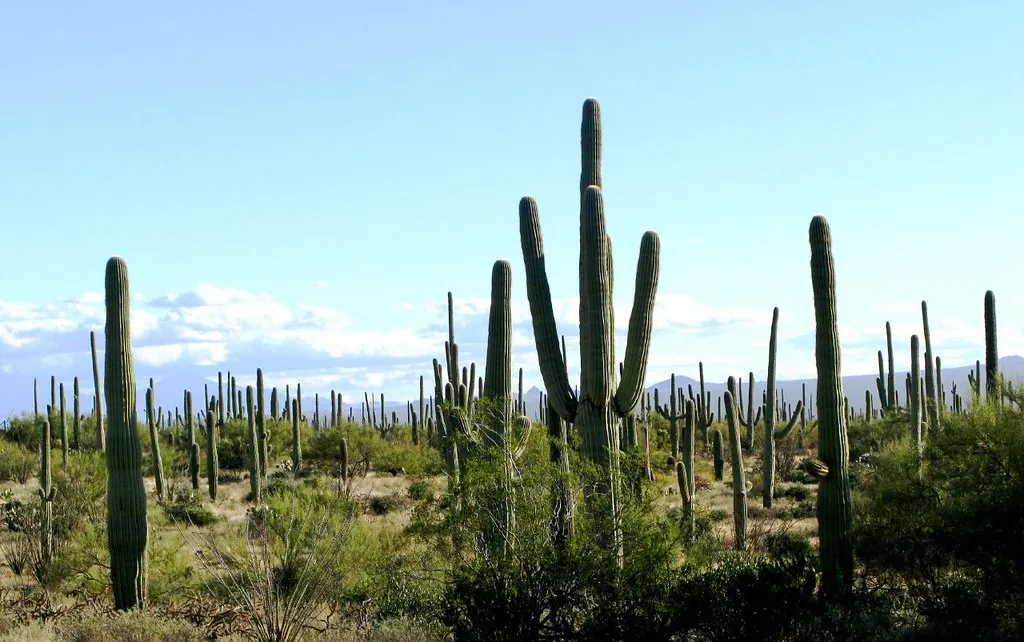
If you want to see the true spirit of the Sonoran Desert, head to Saguaro National Park East. Located just outside Tucson, this 67,000-acre expanse showcases the iconic saguaro cactus in its natural habitat, with some specimens reaching heights of 50 feet and ages over 150 years old. The park features the 8-mile Cactus Forest Loop Drive, where you can spot not just saguaros but also desert tortoises, roadrunners, and countless other native species that call this remarkable desert landscape home.
Saguaro National Park (West)
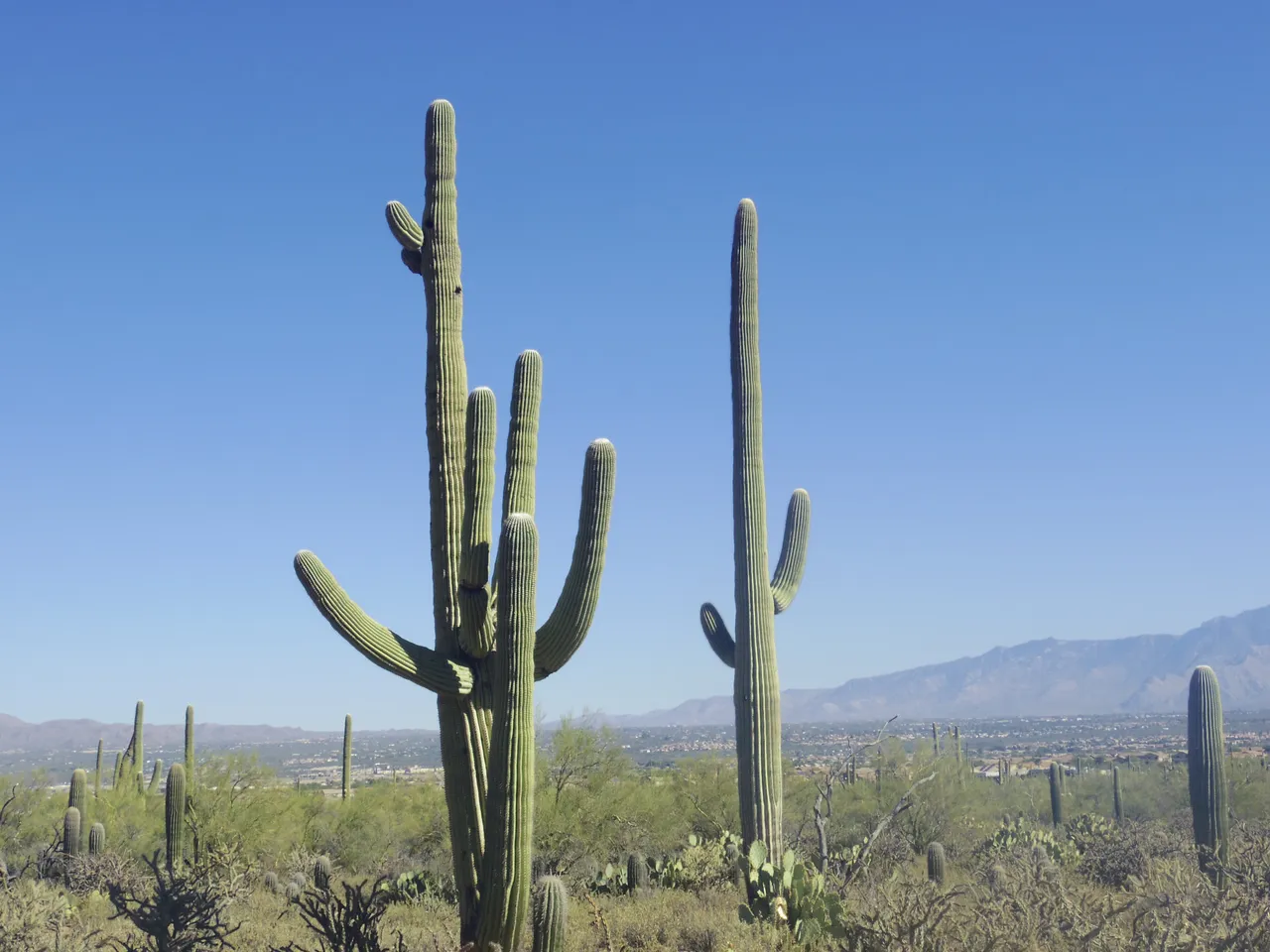
My first visit to Saguaro National Park West was during a road trip across Arizona in 2019. Located on the outskirts of Tucson, this desert sanctuary is home to North America’s largest cacti – the iconic Saguaro. The park’s landscape stretches across the Tucson Mountains, where ancient petroglyphs and weathered rock formations tell stories of the region’s rich past. Through the winding trails of the park, you’ll find yourself surrounded by thousands of towering Saguaros, some reaching heights of 50 feet and sporting arms that seem to wave hello against the blue desert sky. The Desert Discovery Nature Trail offers an easy introduction to the Sonoran ecosystem, while Signal Hill rewards hikers with Native American rock art dating back hundreds of years.
Organ Pipe Cactus National Monument
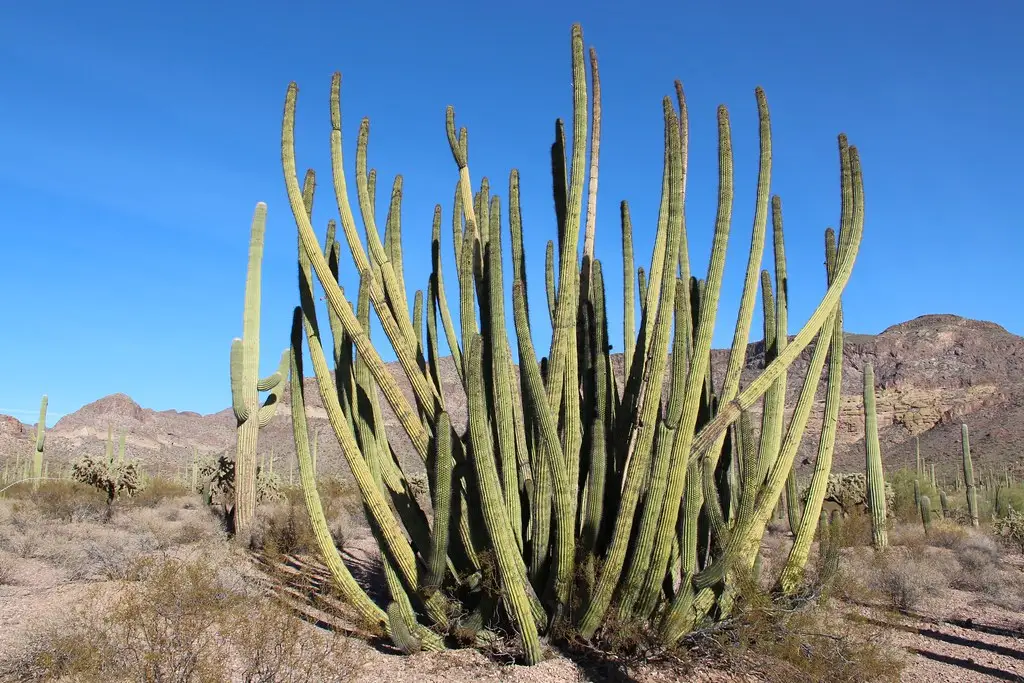
Step into a desert wonderland at Organ Pipe Cactus National Monument, home to the rare organ pipe cactus that thrives in this protected corner of the Sonoran Desert. You’ll find miles of hiking trails winding through forests of these tall, multi-armed cacti, which are found naturally growing nowhere else in the United States. Take the scenic Ajo Mountain Drive, a 21-mile loop that offers close-up views of desert wildlife and various desert plants. For the best experience, visit during winter months when temperatures are mild, and join a ranger-led tour to learn about the area’s rich cultural history and unique ecosystem.
Canyon de Chelly National Monument
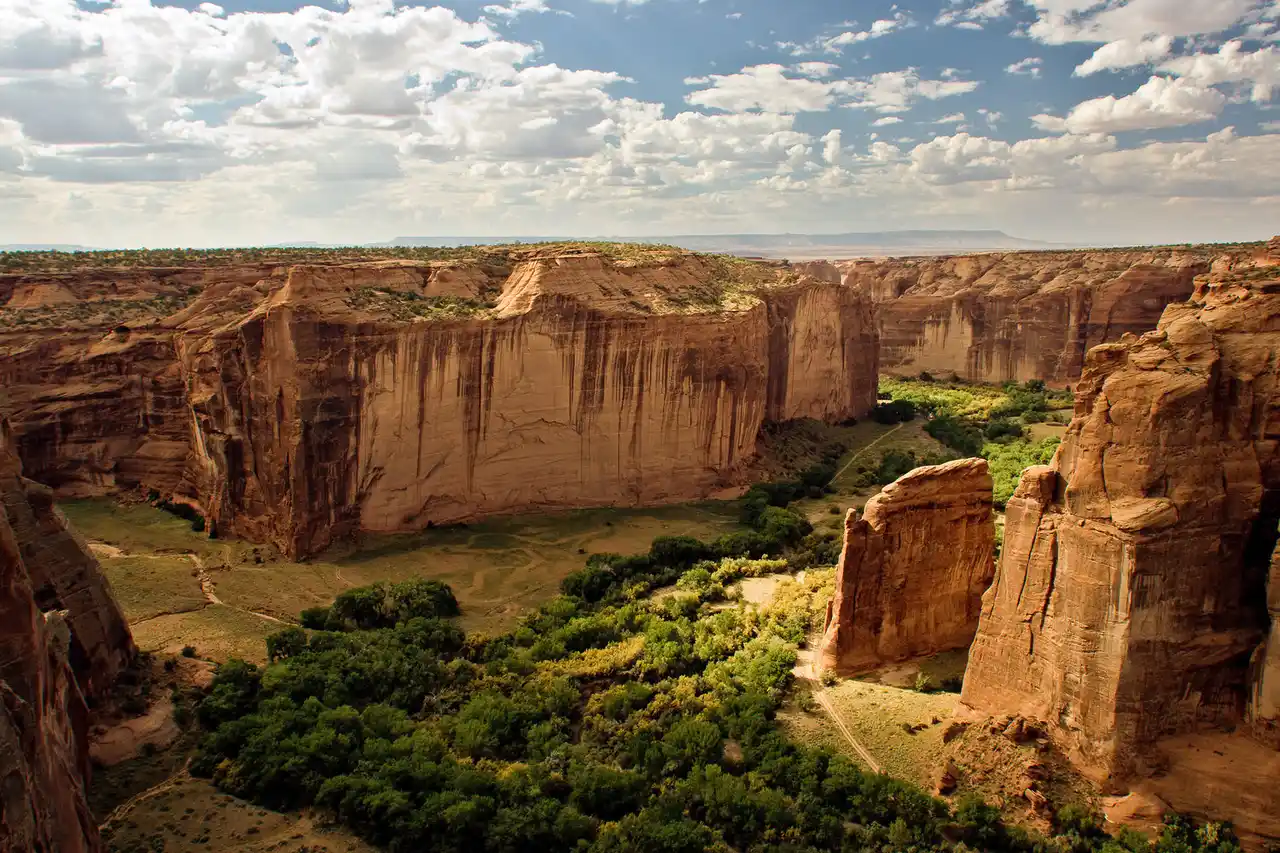
Many visitors trek to Canyon de Chelly National Monument for its remarkable red rock formations, but this special place is also home to one of the longest continuously inhabited landscapes in North America. The monument, located entirely on Navajo tribal lands, features ancient pueblo ruins and modern-day Navajo families who still farm the canyon floor. While you can explore the rim drives and overlooks on your own, the real magic happens when you venture into the canyon itself – which can only be done with a Navajo guide. These local experts share stories passed down through generations while leading visitors past towering sandstone walls, past ancient rock art, and beneath the famous Spider Rock spire that rises 800 feet from the canyon floor.
Chiricahua National Monument
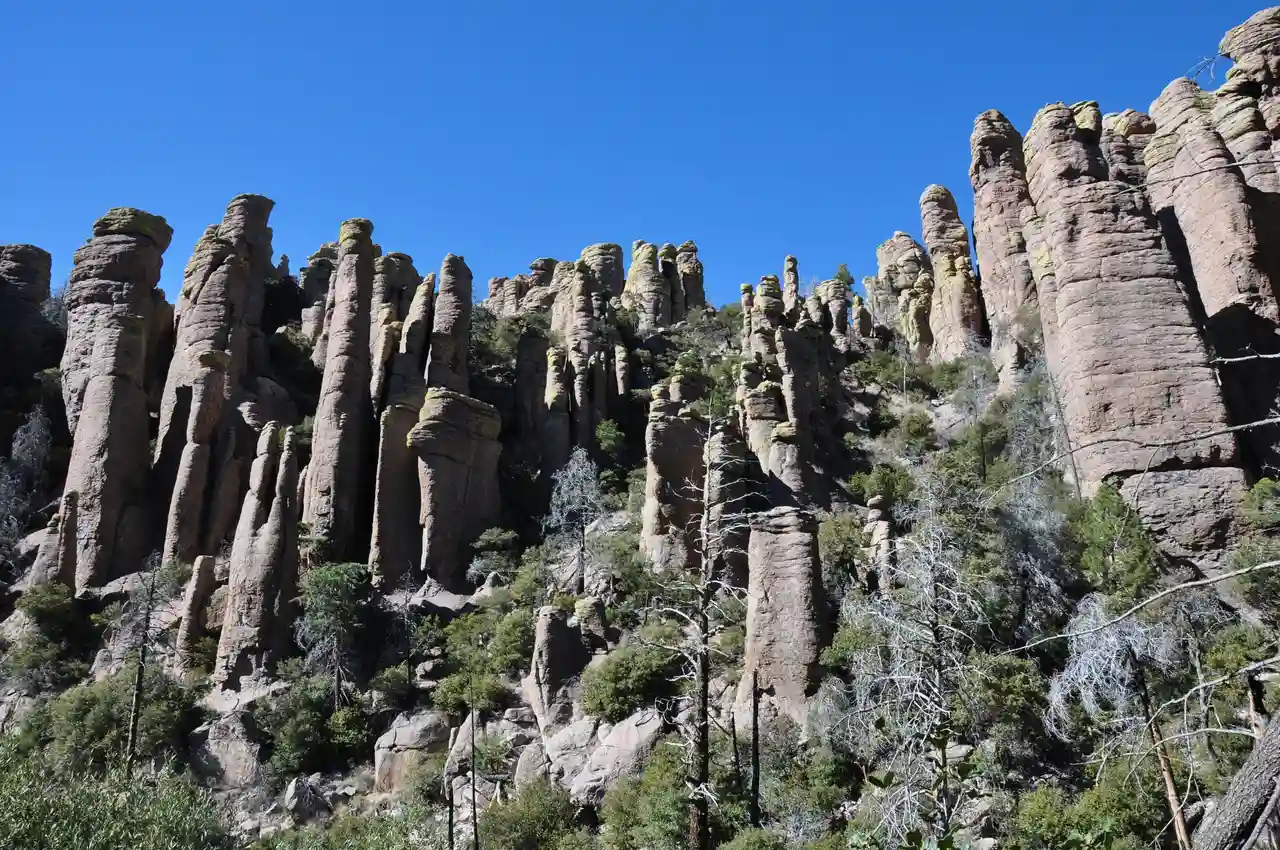
Tucked away in the southeastern corner of Arizona lies Chiricahua National Monument, a place where ancient volcanic activity created something truly special. Known by locals as the “Land of Standing-Up Rocks,” this park showcases towering rock pinnacles and balanced boulders that seem to defy gravity. Unlike the red rock formations found in other parts of Arizona, these gray and brown columns rise from the desert floor like nature’s own chess pieces. The park’s unique landscape came to be when a massive volcanic eruption covered the area in ash some 27 million years ago, and over time, wind and water carved out these peculiar shapes. Native Americans, particularly the Chiricahua Apache, called this place home for generations, using the rocky terrain as a natural fortress and sacred ground.
Montezuma Castle National Monument
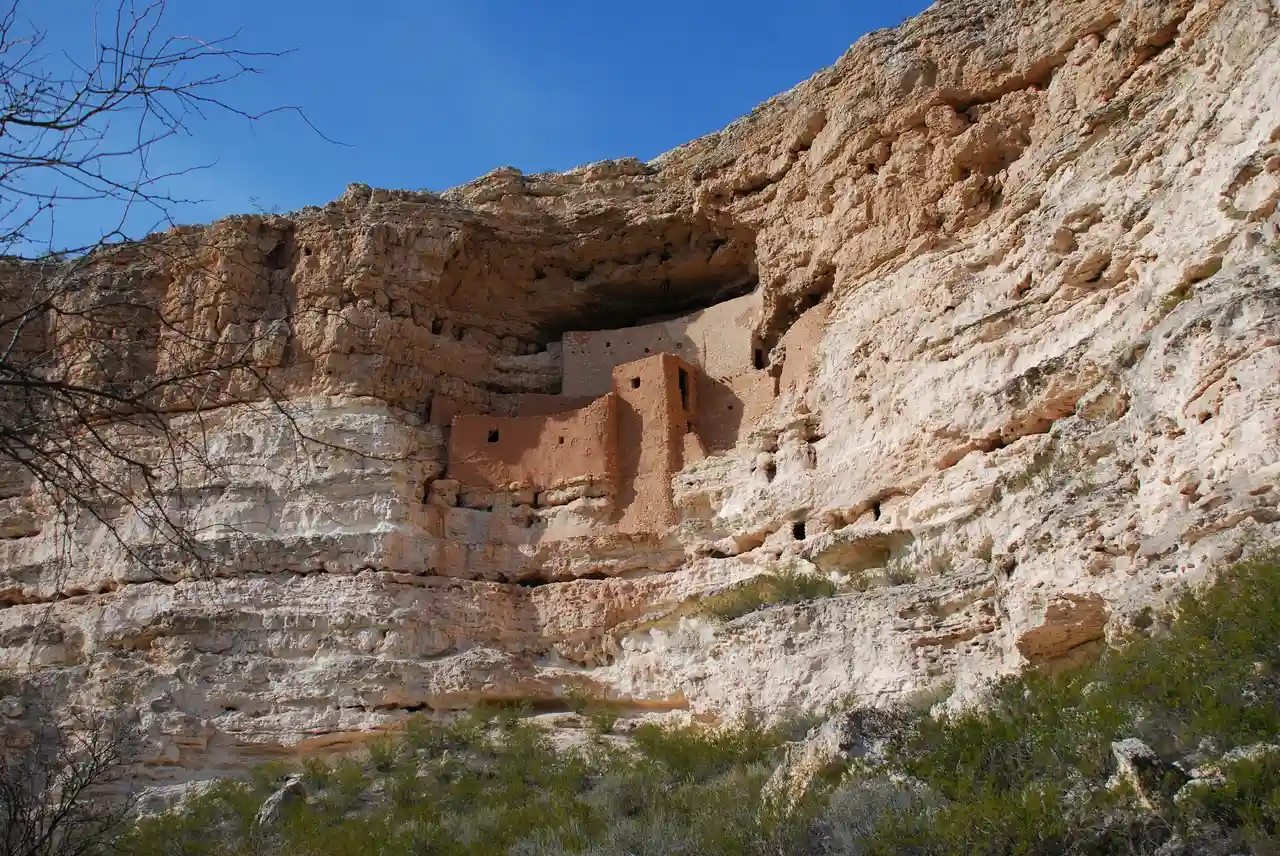
I first discovered Montezuma Castle National Monument on a road trip through central Arizona in 2019. One of the best-preserved cliff dwellings in North America, this ancient structure sits tucked into a natural limestone alcove about 100 feet above Beaver Creek. The five-story pueblo was built by the Sinagua people around 1,000 years ago, though contrary to its name, it was never actually home to Montezuma. The site’s well-maintained pathways lead visitors through a lush desert landscape of sycamore and Arizona walnut trees, offering clear views of the remarkable ancient apartments that once housed around 50 people. The adjacent visitor center brings the fascinating history of these indigenous people to life through artifacts and exhibits that tell the story of their innovative architectural achievements.
Sunset Crater Volcano National Monument
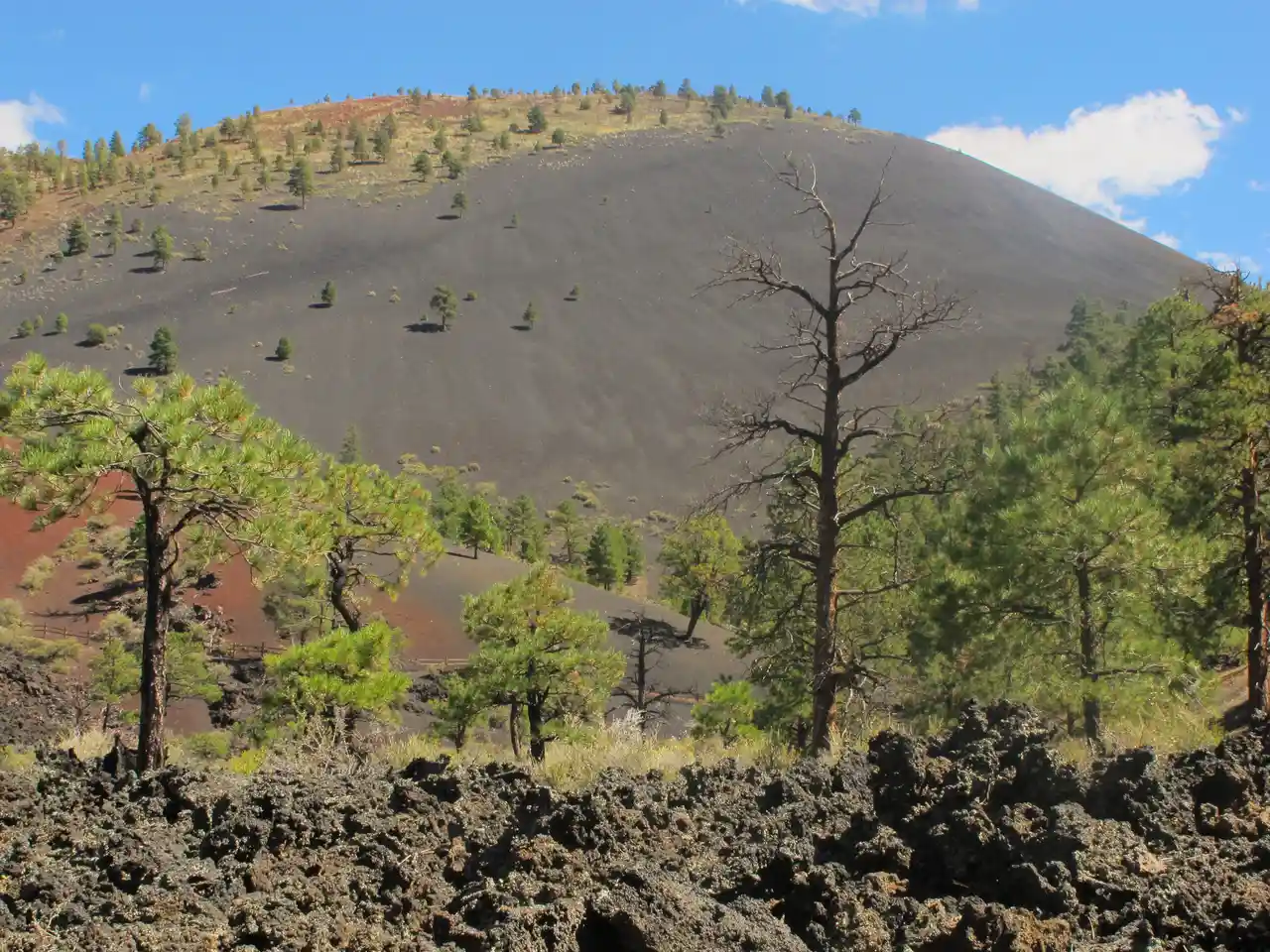
Many visitors come to Sunset Crater Volcano National Monument to see the aftermath of Arizona’s most recent volcanic eruption, but this destination offers much more than just volcanic remnants. The 1,000-foot cinder cone and surrounding lava fields tell the story of how volcanic activity shaped this corner of the Southwest around 1085 CE. The monument’s network of hiking trails winds through unique geological features and twisted formations, letting you get up close to both ancient and relatively recent volcanic history. While the volcanic landscape is the main draw, the area also provides clear views of the San Francisco Peaks and fascinating examples of how plants and wildlife have adapted to life on the lava flows, making it worth a visit in any season.
Tonto National Monument
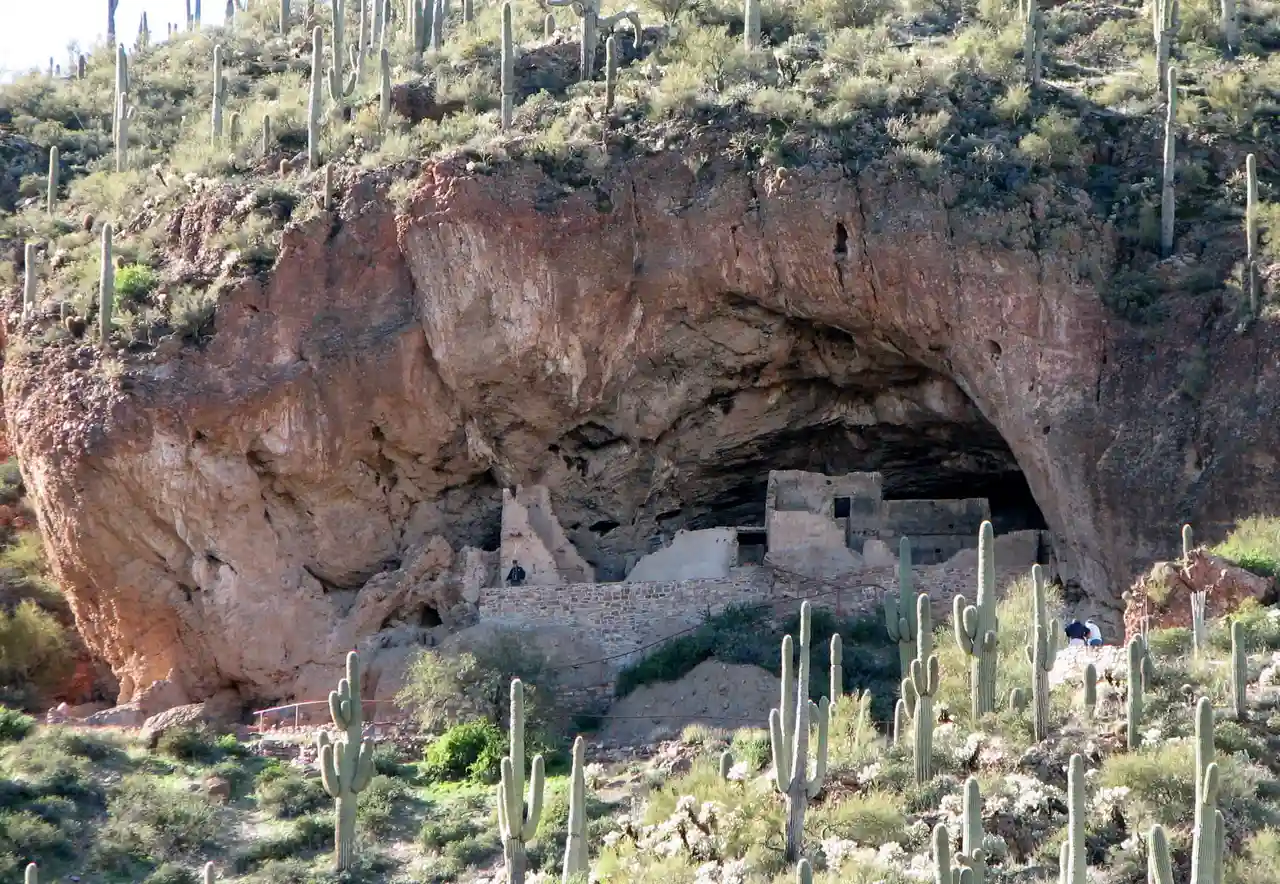
Perched in the rugged Sonoran Desert, about 110 miles east of Phoenix, Tonto National Monument offers a window into Arizona’s ancient past. Unlike the more crowded parks in the state, this hidden gem lets you explore well-preserved cliff dwellings built by the Salado people over 700 years ago. The main attraction sits tucked into natural caves overlooking Roosevelt Lake, where you can walk in the footsteps of indigenous communities who once called these stone walls home. Thanks to the dry desert climate, you’ll find original wooden beams still intact, along with fragments of pottery and textiles that tell stories of daily life from centuries past. And while most visitors come for the archaeology, the desert landscape itself puts on quite a show – especially in spring when wildflowers carpet the grounds and saguaro cacti reach toward the sky.
Walnut Canyon National Monument
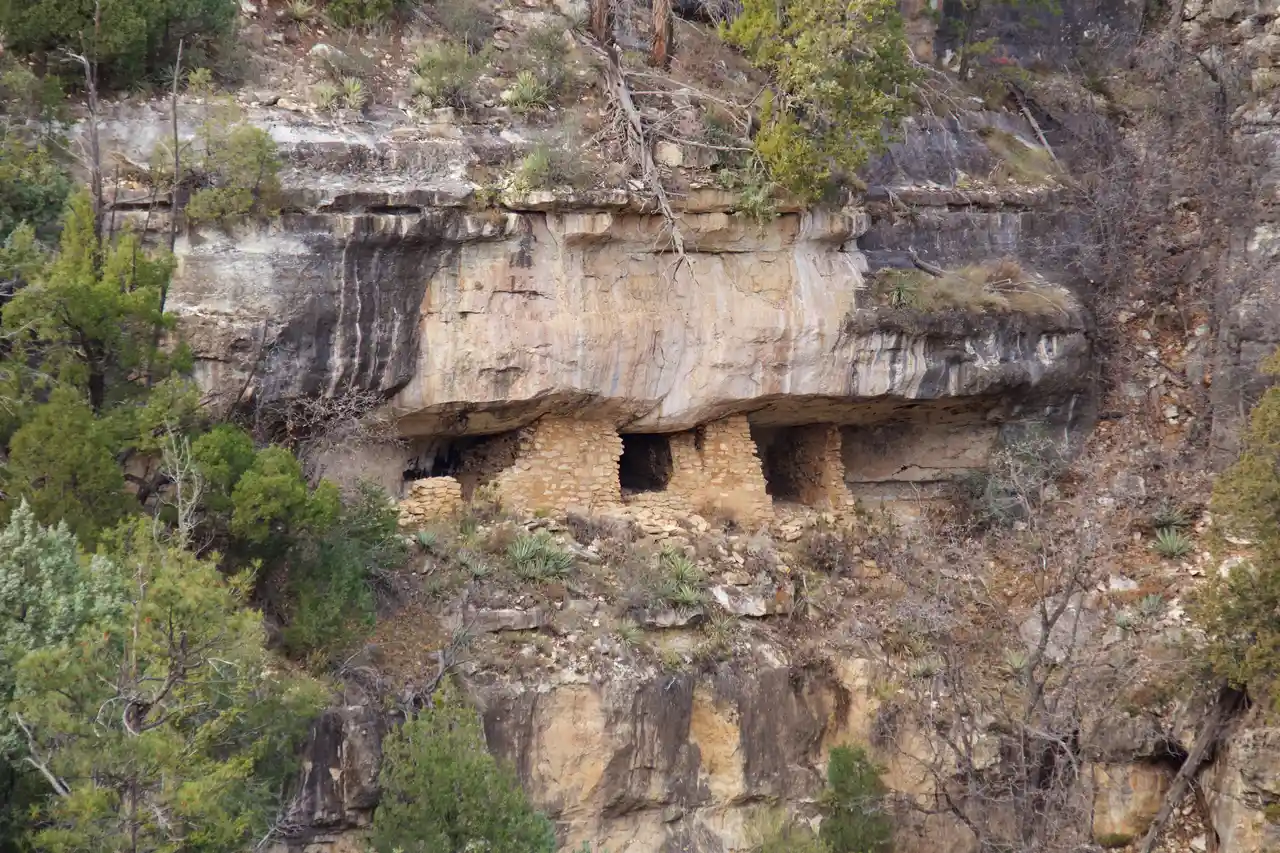
Many visitors come to Walnut Canyon National Monument for its ancient cliff dwellings, but this Arizona treasure offers much more than just archaeological wonders. The 600-foot-deep canyon features a network of trails that wind past limestone walls where Sinagua people built their homes nearly 900 years ago. While the Island Trail leads you past 25 different cliff dwelling rooms, the Rim Trail provides sweeping views of the entire canyon and surrounding ponderosa pine forest. Whether you’re interested in Native American history or simply want to experience the natural beauty of northern Arizona, Walnut Canyon offers an accessible way to step back in time while enjoying the outdoor scenery.
Wupatki National Monument
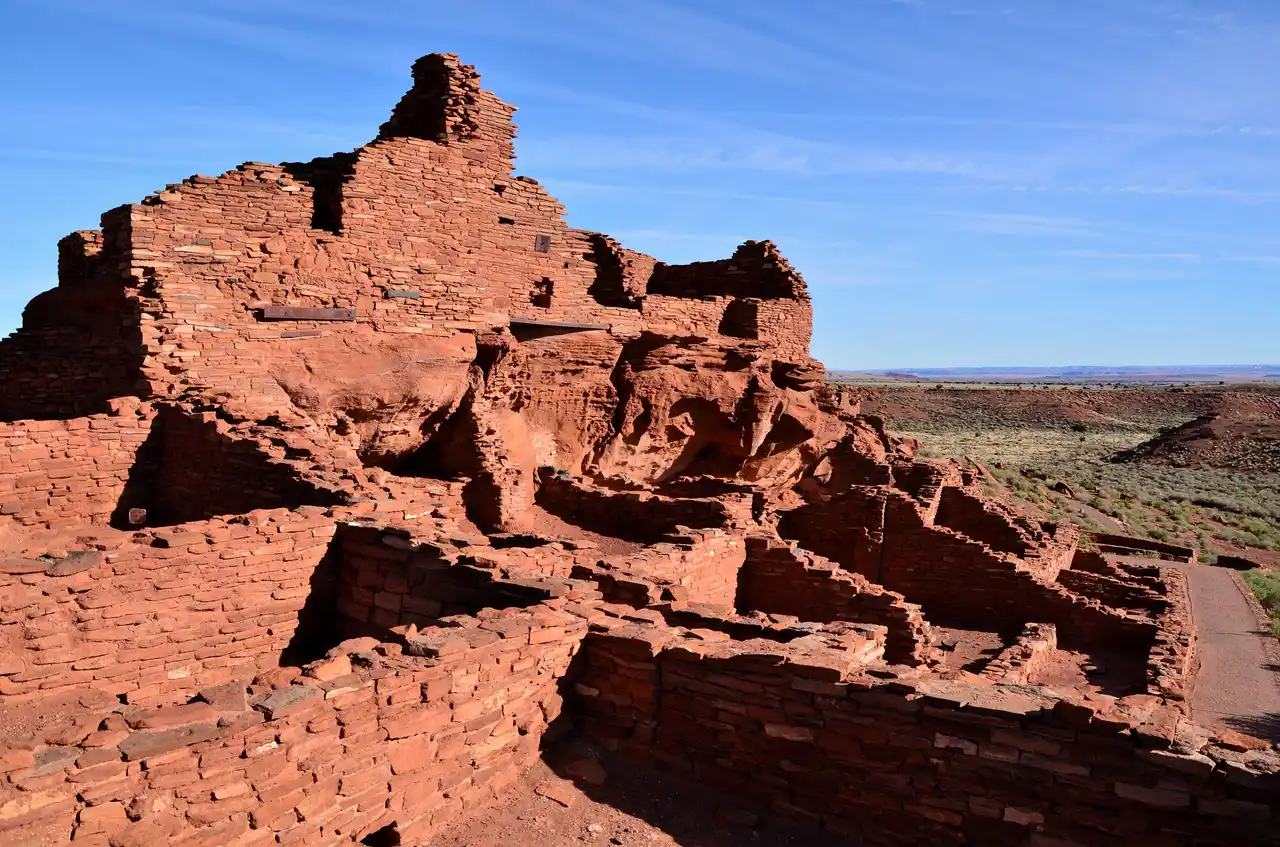
Tucked away in the red rock country of northern Arizona, Wupatki National Monument tells a fascinating story of ancient survival. This collection of 800-year-old pueblo ruins showcases how indigenous people managed to build thriving communities in what seems like impossible desert terrain. The main structure, Wupatki Pueblo, once housed around 100 people and still stands today with its distinctive red walls rising against the desert landscape. I’m always amazed by the ingenuity of the builders who created these multi-story dwellings complete with ball courts and ceremonial spaces. While it’s a bit off the beaten path, taking the 35-mile loop drive through the monument gives you access to five major pueblo sites, each offering a unique window into how people lived and adapted to this challenging environment centuries ago.
Casa Grande Ruins National Monument
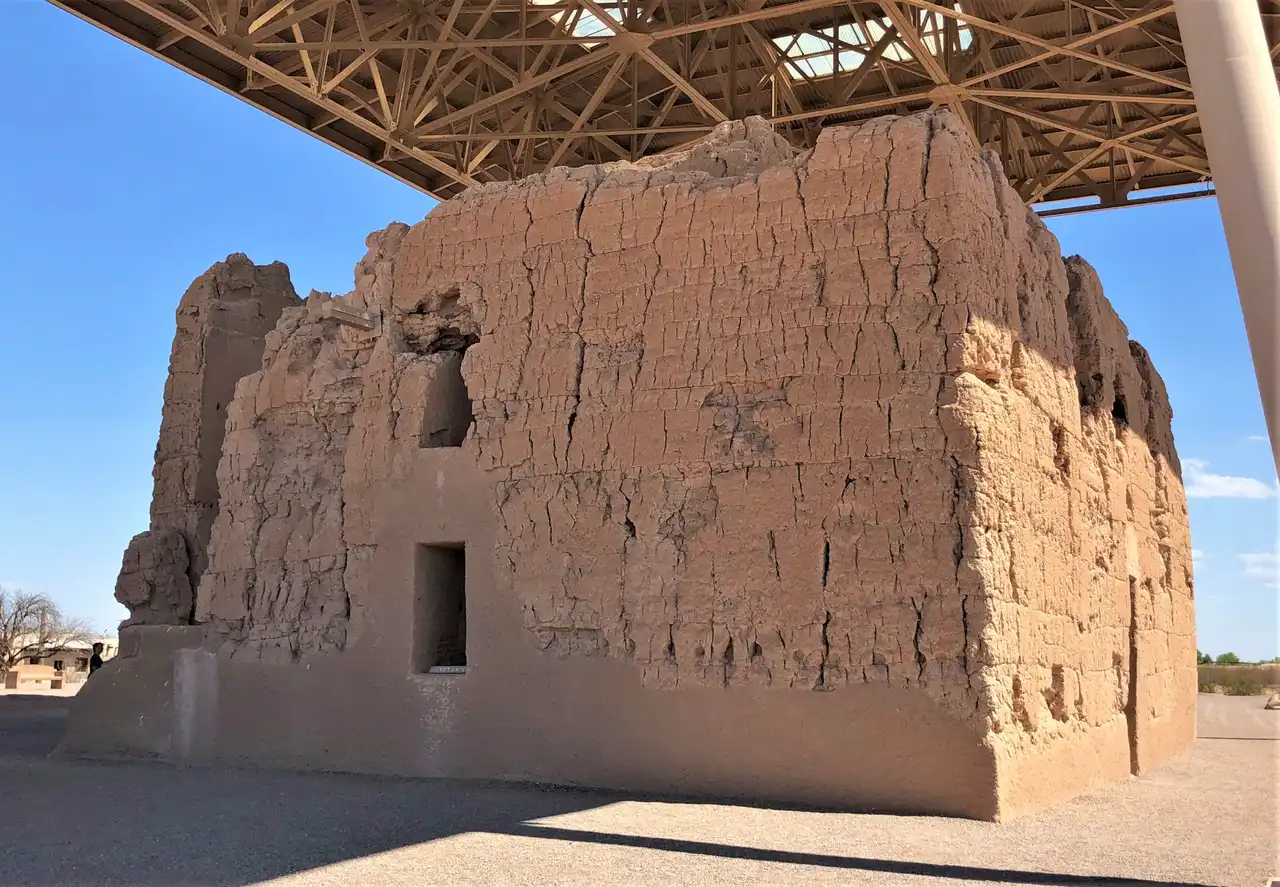
Located in the heart of Arizona’s Sonoran Desert, Casa Grande Ruins National Monument tells the story of the ancient Hohokam people who called this land home over 650 years ago. I first visited these ruins back in 2019, drawn by their mysterious presence in the desert landscape. The centerpiece is the impressive “Great House,” a four-story structure built from caliche mud that has somehow survived centuries of harsh desert conditions. Walking through the grounds, you’ll spot remnants of an intricate irrigation system that allowed the Hohokam to farm this arid land, along with traditional ball courts where ancient games once entertained the community. A large protective roof, installed in the 1930s, now shields the Great House from the elements, while the modern visitor center offers fascinating insights into daily life in this prehistoric desert city. The early morning hours cast long shadows across the ruins, making it the perfect time to explore these ancient walls and imagine the bustling community that once thrived here.
Tuzigoot National Monument
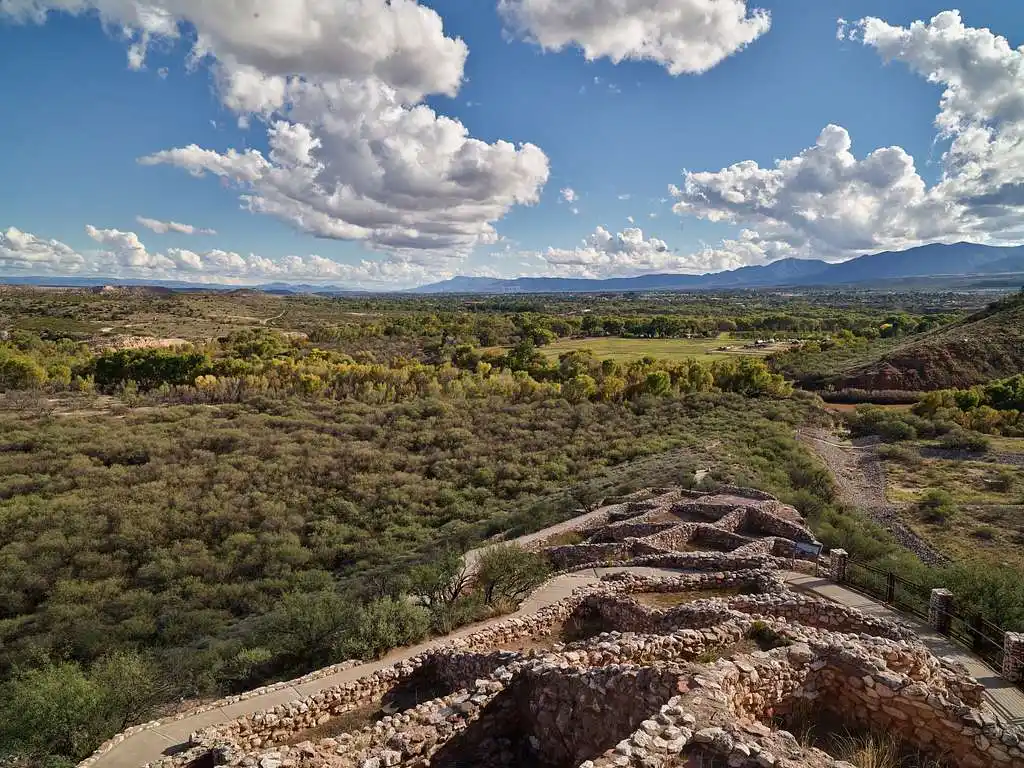
Perched on a desert hilltop in central Arizona, Tuzigoot National Monument offers a fascinating glimpse into the lives of ancient Sinagua people. This 110-room pueblo complex, built between 1000 and 1400 CE, served as a bustling community where Indigenous people farmed the Verde Valley below and traded with distant neighbors. The site’s elevated position isn’t just good for defense – it gives visitors sweeping views of the valley and the winding Verde River. Walking through the carefully preserved stone walls today, you can trace the footsteps of families who lived here centuries ago, peek into their living spaces, and spot pottery shards that tell stories of daily life. It’s not the biggest archaeological site in Arizona, but its accessibility and well-preserved state make it one of the most revealing windows into the Southwest’s Native American history.
Navajo National Monument
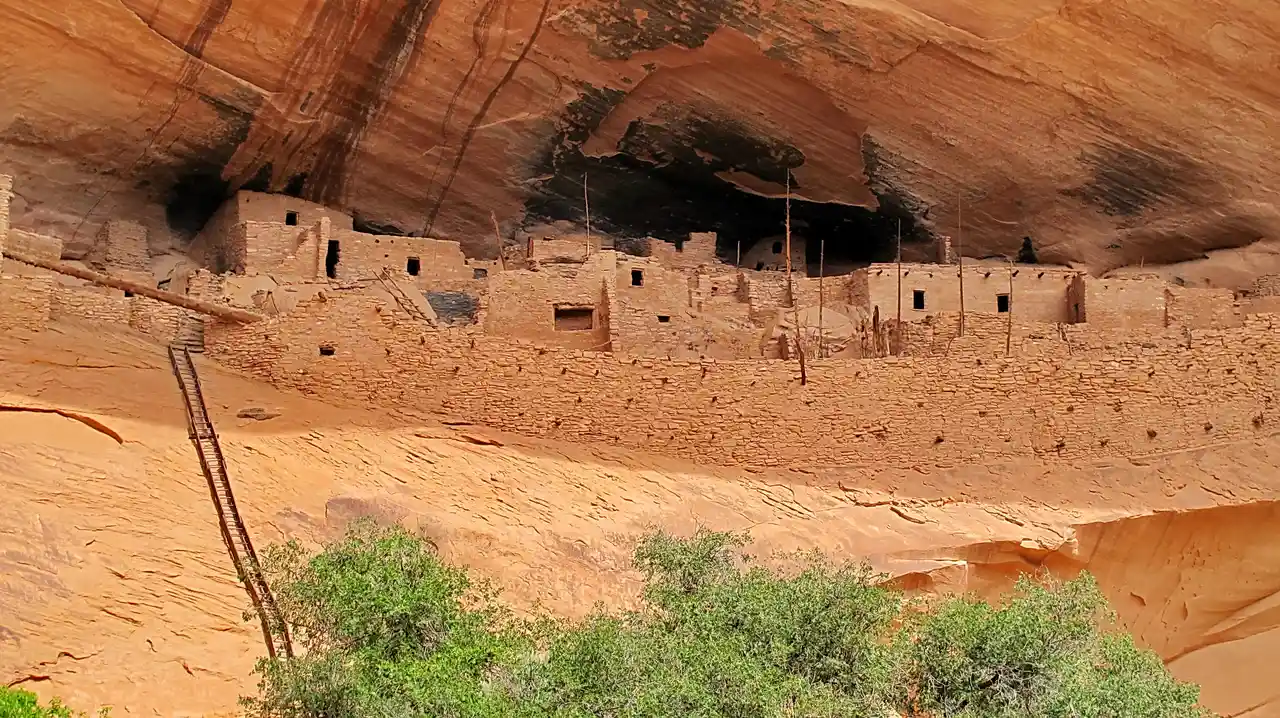
Tucked away in northeastern Arizona, the Navajo National Monument offers visitors a chance to step back nearly 800 years into the region’s rich past. Three well-preserved Ancestral Puebloan cliff dwellings – Betatakin, Keet Seel, and Inscription House – rest within the natural sandstone alcoves of the monument. The largest of these, Keet Seel, contains 160 rooms built between 1250 and 1300 CE, where ancient families once lived and worked among the towering canyon walls. Rangers lead guided hikes through the rugged desert landscape, sharing stories of the resourceful people who made these remarkable structures their home. The site’s museum houses pottery, tools, and woven items that paint a detailed picture of daily life in these prehistoric communities.

